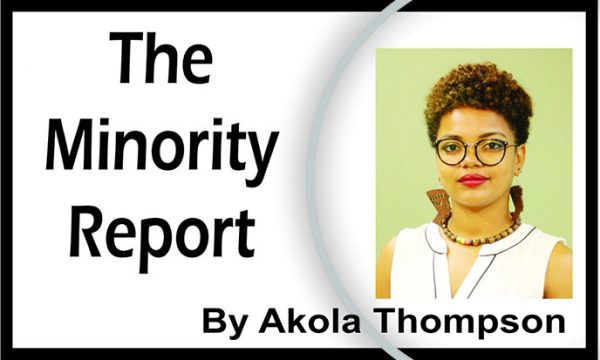
Guyana is a constant victim of all-encompassing fires, and it’s not surprising. Building safety standards do not seem to be at the top of many minds in the planning and building stages. Across Indigenous communities, the circumstances remain ripe for more destructive fires to tear through buildings, take lives, and traumatize the population. Many school dorms have the exact same infrastructural barriers or worse exists, leaving children vulnerable to fires of an accidental or malicious nature. Waxing lyrical about how sad we are as a nation every time a fire happens, is not the way to go. Systems need to be set in place to ensure that state institutions such as school dorms in outlying communities, are adequately equipped to deal with varying threats.
There have been many things circulating in the media seeking to lay blame at the feet of the children, their families and communities. With the majority of the victims being young girls, it is unsurprising that they are being blamed even in their deaths, due to the way in which society continues to police the lives and bodies of girls and women. Media responses towards the fire, particularly seen by outlets such as the Guyana Chronicle and Newsroom demonstrate a growing callousness in the way trauma is shared and profited from. The way even in which the survivors of the fire were paraded by politicians at the vigil held in honour of their peers was distasteful and opportunistic.
As we as a nation mourn the deaths of these young children, I want us to be mindful of the narratives we are throwing around surrounding their lives and communities. I want to leave you with a few guiding tips on providing support for this, from our team at Tamùkke Feminists.
1. Listening: Listen to the experiences, feelings, and concerns of the community. Amplify the voices of the members of these Indigenous communities. It is common practice that Indigenous communities are often spoken over and spoken for. Let’s do better.
2. Educate yourself: Take the time to educate yourself about the trauma that the community is facing. Understanding the root causes and structural factors that led to this event can help you offer more informed support.
3. Express empathy and compassion: Show empathy and compassion by acknowledging the pain and suffering experienced by the community.
4. Provide practical assistance: This could include providing resources or assisting with immediate needs such as food, clothing, medicine, toiletries, etc. There are different agencies and individuals that will be coordinating these activities. Keep an eye out for reputable organisations that have a track record of working with Indigenous communities.
5. Advocate for change: Engage in advocacy efforts to ensure this tragedy never happens again.
6. Take care of yourself: Secondary trauma happens. Practice self-care set boundaries, and seek support for your own well-being.





